P&P Blog
Precise, efficient trimming is key to maintaining pristine hedge edges and a well-groomed garden — and keeping up with regular maintenance for your STIHL hedge trimmer makes this possible. Over time, your blade can become dull or even damaged, but replacing your blade is a simple at-home fix with these easy steps.
Search STIHL Replacement Parts >>
Tools and Materials Needed:
- Replacement blade compatible with your Stihl hedge trimmer model
- Screwdriver
- Socket wrench or Allen key (depending on your trimmer model)
- Work gloves
- Safety goggles
- Clean cloth or rag
Step 1: Before you begin, ensure that your hedge trimmer is turned off and disconnected from any power source. This prevents accidental starts and ensures your safety throughout the process. Put on your work gloves and safety goggles to protect your hands and eyes from any sharp edges or debris.
Step 2: Locate the blade cover on your hedge trimmer. Typically, it is secured by screws or bolts. Using a screwdriver or the appropriate tool, carefully remove the screws or bolts to release the blade cover. Set the screws or bolts aside in a safe place to prevent them from getting lost.
Step 3: Once the blade cover is removed, you'll have access to the blade itself. Depending on your Stihl hedge trimmer model, the blade may be secured with either screws, bolts, or a blade retainer. Use the appropriate tool (socket wrench or Allen key) to loosen and remove the fasteners holding the blade in place. Keep track of these fasteners for reassembly later.
Step 4: Take your replacement blade and align it with the blade mount on your hedge trimmer. Ensure that the teeth of the blade are facing in the correct cutting direction. Once properly aligned, reinsert the fasteners and tighten them securely to hold the blade in place. Be careful not to over-tighten, as this could damage the blade or trimmer.
Search for your replacement part >>
Step 5: With the new blade securely in place, position the blade cover over the blade assembly. Align it properly to match the screw or bolt holes. Then, using the screws or bolts you removed earlier, reattach the blade cover and tighten the fasteners until they are snug.
Step 6: Before using your hedge trimmer, double-check that all fasteners are tightened securely and that the blade cover is properly in place. Inspect the new blade to ensure it is aligned correctly and free from any defects or damage. Once everything is in order, remove your gloves and safety goggles and store them appropriately.

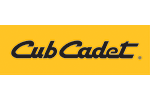


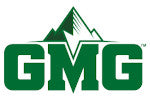






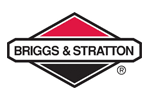









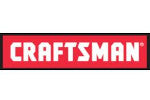
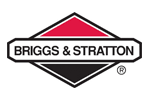
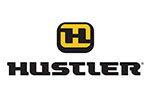
Connect with us